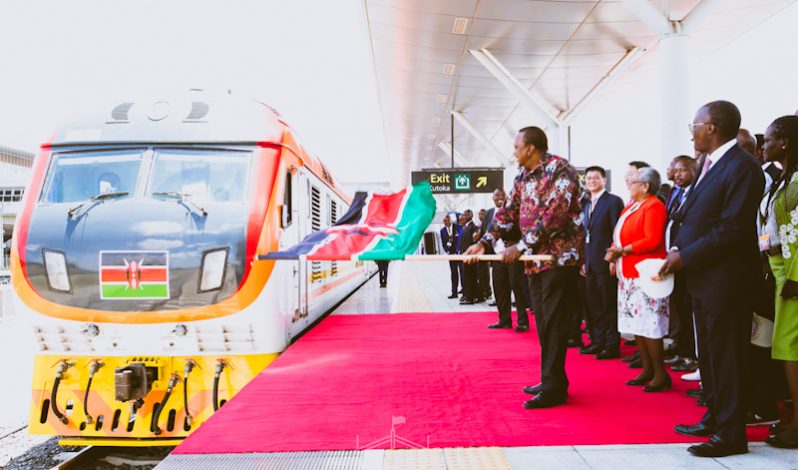China, Kenya’s largest bilateral lender, has granted Ksh.27 billion ($245 million) debt relief to the country which was due from January through June.
Kenya has received over US$300 million in debt relief from the Paris Club, an informal group of creditors that aids borrowers in distress, under the G20-led Debt Service Suspension Initiative (DSSI).
“We are happy to announce that our engagement with China where we held about Ksh.27 billion in payments falling due between January and June,” Treasury Cabinet Secretary Ukur Yatani said in an interview with Spice FM.
“The net impact of this relief is an opportunity and break on the kind of liquidity we desire.”
The National Treasury maintains that it will not seek debt suspension from multilateral and commercial creditors to safeguard its sovereign rating and its future access to international financial markets. “
Kenya’s debt position is highly sustainable. We have never defaulted on payments,” Yatani added. “The fact that we have never defaulted and are in good books and continue attracting as much resources as possible is something to be happy about.”
CS Yatani: The decision by China and the Paris Club of creditors to offer Kenya a loan repayment break is testament that Kenya is not a high risk debtor. #TheSituationRoom .@BaloziYatani .@EricLatiff .@nduokoh .@ctmuga .@GikonyoCiru .@KeTreasury .@Planning_Ke pic.twitter.com/QUjYJo2R2o
— SpiceFM (@SpiceFMKE) January 20, 2021
The first instalment of a US$1.48 billion loan from the Export-Import Bank of China – used to build the Nairobi to Naivasha standard gauge railway, is due on Thursday.
Kenya’s rapidly accumulated debt stock from the ramping up of infrastructure projects is fairly evenly split between domestic and external debt. Interest payments represent a sizeable 22% of tax revenue in 2018/19, compared to only 14% in 2012/13.
Chinese loans comprise 21% of Kenya’s external debt at the end of June 2020, compared with the World Bank’s 25%.
Sovereign bondholders hold another 19%, commercial banks 11% and the African Development Bank 7.5%.
“While the level of debt is not an immediate cause for concern, the rapid speed at which it was accumulated is, as is the amount of fiscal space which is redirected to repayment,” says the Institute of Public Finance Kenya.
Genghis Capital on the other hand note that the country’s public debt sustainability is at a ‘precarious position’.
“Interest payments as a percentage of ordinary revenue is at 28.9% for FY2020/21. For the first four months (July – October 2020) of the fiscal year, this ratio came in at 30.4%. Despite ordinary revenue expected to be calibrated upwards in 2H20/21 period, we view the current business cycle as less conducive to realize the target. We therefore believe this metric will remain elevated (c. 30% level) at the end of the financial year,” they state.
Stephanie Kimani and Faith Atiti from NCBA Research have a contrary view that “In spite of the relief from debt servicing, weak revenues amid sustained expenditure pressure could see increased accumulation of debt, albeit at a decelerated pace, in the short term.”
“Even then, the restructuring may come at a cost for the sovereign. Indeed, the sovereign risk profile may be downgraded as a result, raising borrowing costs in the international debt market.”





1 Comment
Pingback: Kenya's Forex Reserves Drop to $9,371 Billion